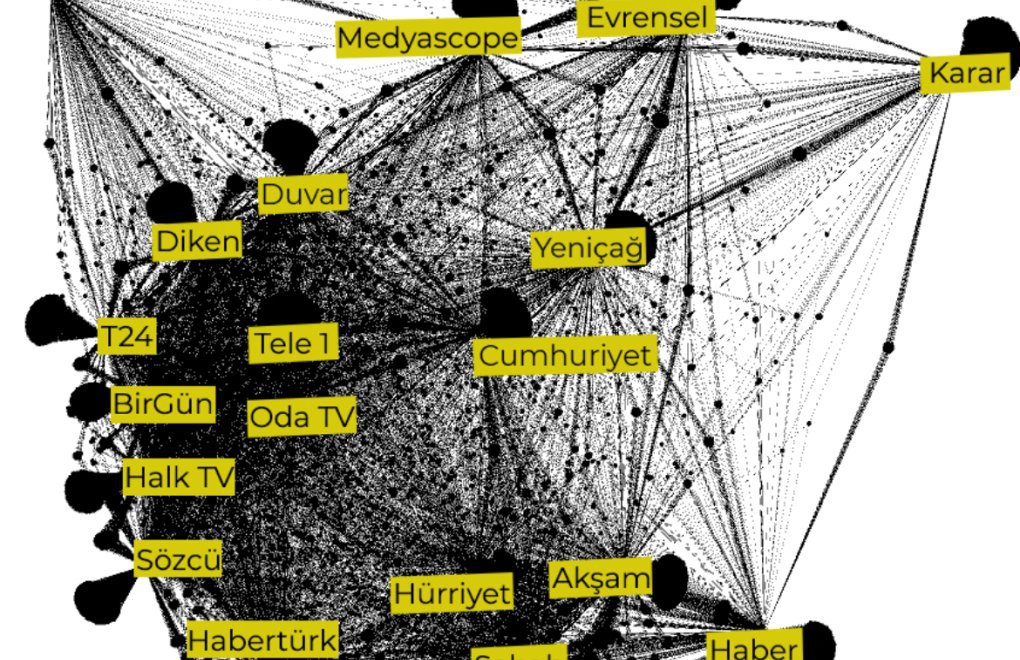News-related Google searches in Turkey are much more likely to bring results from pro-government media outlets than independent ones, according to an International Press Institute (IPI) report.
More than 90 percent of the results that appeared on the "top stories" slot on the Google search page were from web pages of three pro-government dailies, Hürriyet, Milliyet and Sabah, the research found.
On Google News, which has a different algorithm, pro-government outlets made up 73.8 percent of the results.
"These figures demonstrate that Google provides Turkey's independent media outlets with significantly lower visibility, despite their broad digital reach, robust social media interactions, and faster growth compared to the pro-government outlets," says the report.
"The company's algorithmic preferences in Turkey remain in stark contrast with its standards in other countries, such as the US, where users are presented with a significantly more diverse menu of news sources led by highly reliable outlets, as well as more local publishers."
Disinformation and conspiracy theories
Independent media executives interviewed by the IPI said they think Google incentivizes "clickbait" reporting and ignores larger media outlets' violations of its rules.
Google also amplifies pro-government media outlets' hate speech and disinformation against civil society figures, the report notes, citing the appearance of articles targeting Osman Kavala, a businessperson and a rights defender who has been in prison since 2017.
Also, Google searches on January 27, for George Soros led users in Turkey to conspiracy theory-laden pro-government news websites, the report notes.
Accordingly, the top result was an opinion article from Sabah, which warned the readers to "get ready for Soros' new attempts" in Turkey by claiming that the businessman was behind the anti-government protests in Russia. The second story was a news article by Hurriyet, which claimed on its title that "Bill Gates, Soros, and Rockefeller were accused of creating the virus that caused the Covid-19 pandemic."
"Independent media's digital reach is growing"
Here are other main findings of the report:
- Independent media's digital reach (33.5 million users) is catching up with the pro-government media's (47.8 million users). While the latter group's reach has stalled recently, independent outlets continued to expand their digital user base rapidly.
- Independent outlets present a more fragmented media landscape compared to the highly-centralized and concentrated pro-government media. They also still lag behind the pro-government media in specific demographics, including women and youth.
- Independent media outlets receive 16.5 percent more interactions on social media and are closer to breaking through the echo chamber They dominate the pro-government outlets in almost all dimensions from their follower growth to the number of viral content, and on all platforms. For instance, they have five times more engagement on Facebook, and they reach a more diverse audience of news
- consumers on Twitter, while pro-government outlets function in what can be described as a filter bubble.
- Only half of independent media outlets expected a net profit in 2020. 85 percent of their staff are in editorial teams, as they lack human resources, especially in tech-related departments. Although 60 percent of national outlets' incomes are solely based on advertising, some are on their way to diversifying their revenue sources with digital subscribers, as they keep experimenting with New Media formats.
Click for the full report
(VK)








